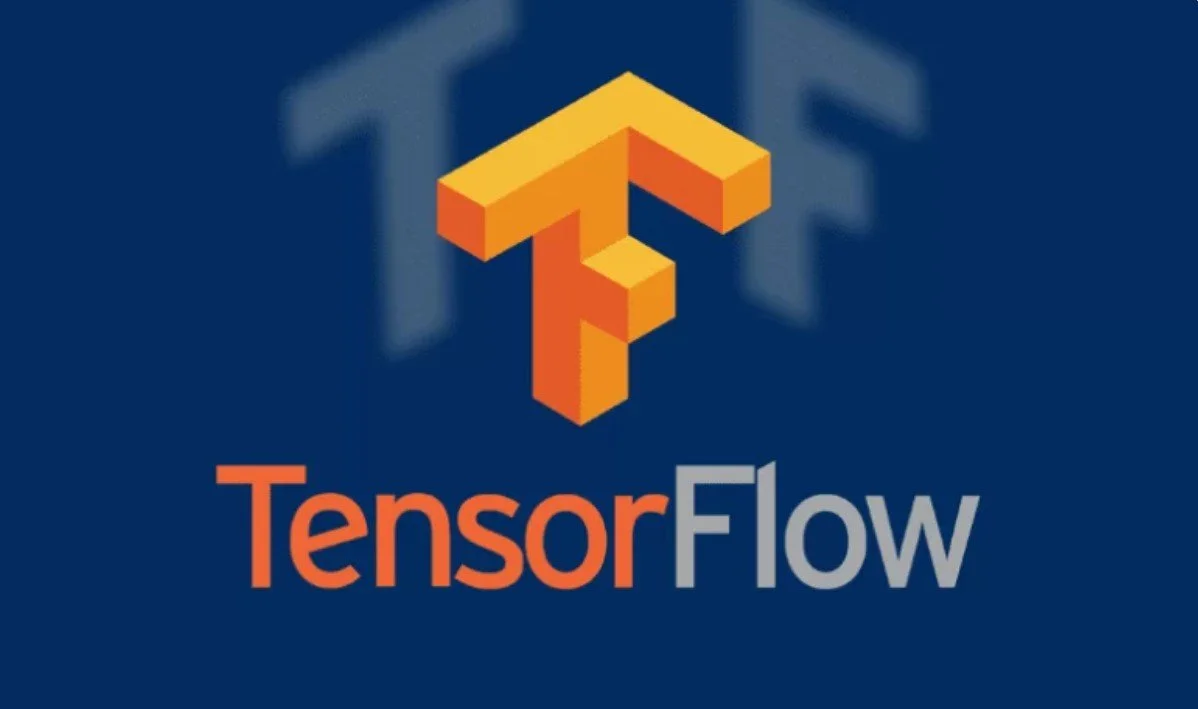🤖 TensorFlow: The Complete Guide for 2025
In the fast‑moving world of artificial intelligence (AI) and machine learning (ML), TensorFlow has remained a cornerstone framework for building, training, and deploying deep learning models. Created by the Google Brain Team in 2015, TensorFlow has powered everything from voice assistants and image recognition to large‑scale recommendation systems.
Whether you’re a data scientist, software engineer, or AI enthusiast, understanding TensorFlow is essential for developing scalable and production‑ready AI applications.
🔍 What Is TensorFlow?
TensorFlow is an open‑source machine learning framework designed to handle complex mathematical operations, automatic differentiation, and large‑scale computation. It enables developers to train and deploy machine learning models across various platforms—from CPUs and GPUs to mobile devices and web browsers.
⚙️ Key Features of TensorFlow
1. Flexible Architecture
Works on multiple platforms: desktop, mobile (TensorFlow Lite), web (TensorFlow.js), and cloud.
Supports distributed training for large datasets.
2. Keras Integration
Built‑in high‑level API (
tf.keras) simplifies model creation while retaining low‑level customization.
3. Production-Ready Tools
TensorFlow Serving: For deploying models at scale.
TensorFlow Extended (TFX): For ML pipelines, data validation, and monitoring.
4. TensorFlow Hub
Library of pre‑trained models that can be fine‑tuned for specific tasks.
5. Multi‑Language Support
Primary API in Python, with C++, Java, JavaScript, and Swift bindings.
6. TensorBoard
Visualization suite for tracking metrics, model graphs, and performance.
✅ Pros of TensorFlow
AdvantageWhy It’s ImportantScalabilityBuilt for both research and large‑scale production.Cross‑Platform DeploymentRuns on servers, mobile devices, browsers, and edge devices.Rich EcosystemIncludes tools for ML pipelines, model optimization, and serving.Strong Community & Corporate SupportBacked by Google and a massive open‑source community.High PerformanceGPU, TPU, and distributed computing support.
⚠️ Cons of TensorFlow
LimitationConsiderationSteeper Learning CurveMore complex for beginners compared to PyTorch.Verbose SyntaxLess "Pythonic" in low‑level APIs.Overhead for Simple TasksFor small, quick experiments, it can feel heavy compared to lighter frameworks.
🛠 Real‑World Applications of TensorFlow
Computer Vision – Image classification, object detection, facial recognition.
Natural Language Processing – Text translation, chatbots, sentiment analysis.
Speech Recognition – Voice assistants, transcription services.
Recommendation Systems – Product suggestions for e‑commerce platforms.
Healthcare AI – Medical image analysis, diagnostics, and predictive modeling.
📊 TensorFlow vs PyTorch at a Glance
FeatureTensorFlowPyTorchExecution ModeStatic & EagerEager (Dynamic)Best ForProduction, large‑scale deploymentResearch, rapid prototypingMobile/Web SupportMature (TF Lite, TF.js)Improving (PyTorch Mobile)SyntaxVerbose (but Keras simplifies)PythonicVisualizationTensorBoard (built‑in)External tools
🚀 The Future of TensorFlow
TensorFlow continues to evolve with:
TensorFlow 2.x offering eager execution by default.
Better integration with JAX for high‑performance computation.
Expanded support for on‑device ML with TensorFlow Lite Micro for IoT.
🧠 Final Thoughts
TensorFlow is a powerhouse for production‑grade AI—especially if you need:
Cross‑platform deployment
Large‑scale distributed training
Integration with enterprise workflows
For research-heavy projects or rapid model experimentation, PyTorch may feel more intuitive, but for end‑to‑end ML pipelines and scalable deployment, TensorFlow remains a top choice.

